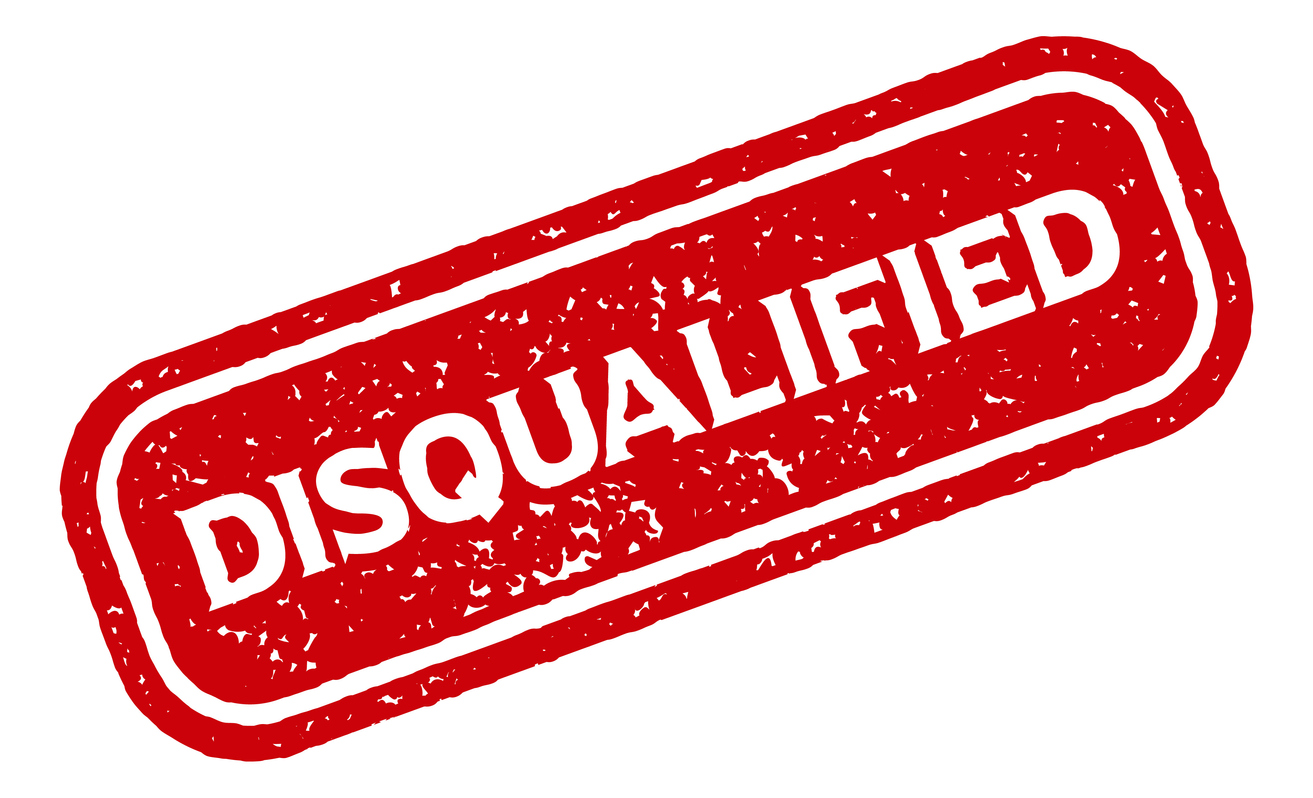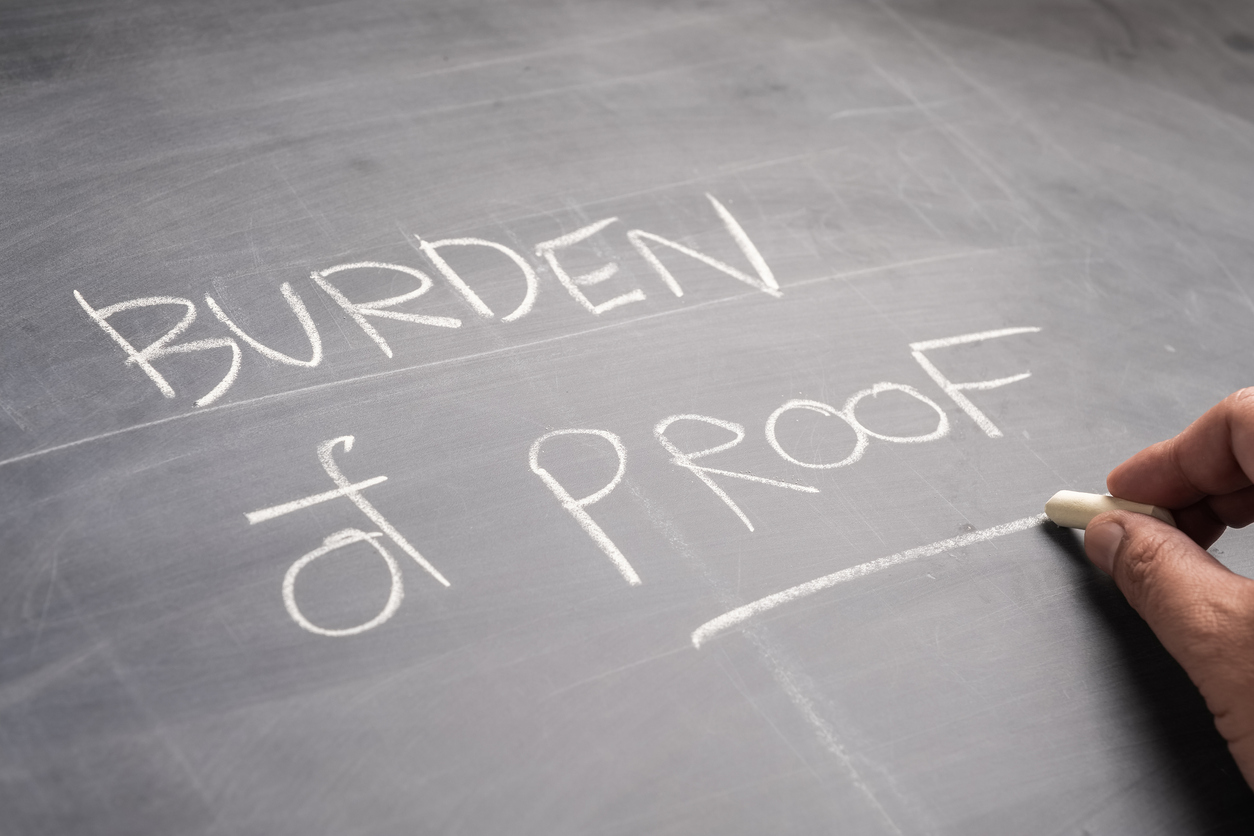Granbury, Texas, a town west of the Dallas/Fort Worth area was devastated when tornadoes and hail storms ripped through the town taking six lives and injuring 100 others. Grapefruit sized hail pummeled roofs, damaged homes, and destroyed barns. More than 60 homes were destroyed, and 600 sustained damage. The most powerful tornadoes touched down in the Rancho Brazos neighborhood, where 97 of the 110 homes suffered damage. According to Mayor Pro Tem Nin Hulett, most were destroyed by winds estimated at 200 miles per hour. Before citizens of Granbury and Cleburne, Texas, were able to return to what was left of their communities, the deadly tornadoes struck Moore, Oklahoma.
In Moore, there are visions of children being reunited with adults –parents, rescue workers, and volunteers on the scene to save the defenseless. Visions of people joining together in a time of tragedy have been a constant reminder of the strength of Oklahomans. Since the tornado hit yesterday, 101 people have been rescued from the wreckage. A teacher was rescued while laying atop of 3 students in the demolished elementary school. There are visions of hope and stories of perseverance.
Moore knows the devastation of tornados– 1999, 2003, and 2013, have been wrought with tornados. The strength of the Oklahoma community is astounding and is a reminder of the resilience it takes to hold a community together. Already labeled one of the deadliest tornados in U.S. history, the EF4 twister shattered businesses, homes, schools, farms, hospitals, power lines, and cell phone towers.
With wind speeds in excess of 200 miles per hour – what do you do when a tornado has crossed your path? How do you recover when your home or business has been wiped out? Where do you turn for help when you have lost everything in a matter of minutes?
The initial impulse after a disaster is to clean up and throw away the damaged items. Resist the impulse, and take sufficient time to document your personal and surrounding losses by taking photos. Inventory and make a list of everything. Get a three ring binder to keep an organized record of all of your calls, letters, and emails from the insurance company. Also include other claim-related documents.
Read your insurance policy carefully to determine exactly what your policy does and does not cover. For example, if your policy covers water damage but not mold damage, then you will need to emphasize to the insurance adjuster that your carpet is wet, rather than saying it "smells moldy.”
File your insurance claim right away. Ask where you can send written notice of the claim, and then send notice of the claim in writing, either by mail, fax, or email. A simple written description of the incident and the possible damage will suffice. If the insurance company tells you that written notice is not necessary, do it anyway. You’ll also want to be sure to write down your claim number.
If appropriate, ask for an undisputed payment. Many insurance companies will make an immediate payment when a policyholder has had significant property damage. This can provide much-needed emergency cash. Be sure to keep all receipts for items and services purchased with this money.
Hire reputable contractors for the repairs. Avoid “restoration” companies, particularly if they tell you they will only charge you what the insurance company pays. That situation can result in the restoration company getting the bulk of your insurance check and leaving you with a lot of out-of-pocket expenses.
Provide the insurance company with all of the documentation it requests. If you fail to cooperate with the insurance company, you could jeopardize your insurance claim.
Finally, if your insurance company unfairly denies or underpays your claim, contact an attorney experienced in property insurance claims to determine your rights.



